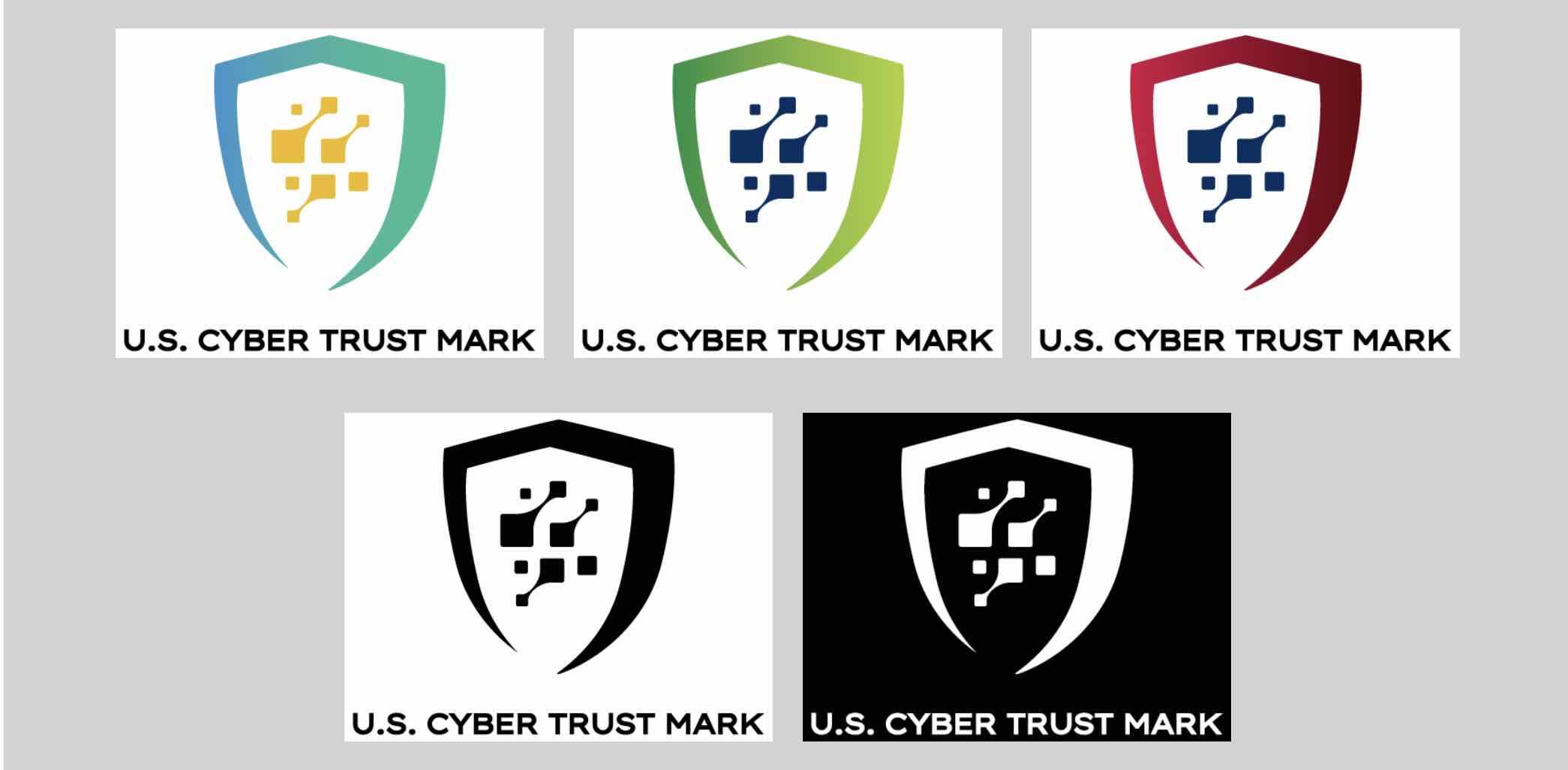BOOK THIS SPACE FOR AD
ARTICLE ADThis article has been indexed from CircleID: Malware
This article expands on observations of a botnet traffic group at various levels of the Domain Name System (DNS) hierarchy, presented at DNS-OARC 35.
Addressing DNS abuse and maintaining a healthy DNS ecosystem are important components of Verisign’s commitment to being a responsible steward of the internet. We continuously engage with the Internet Corporation for Assigned Names and Numbers (ICANN) and other industry partners to help ensure the secure, stable and resilient operation of the DNS.
Based on recent telemetry data from Verisign’s authoritative top-level domain (TLD) name servers, Verisign observed a widespread botnet responsible for a disproportionate amount of total global DNS queries — and, in coordination with several registrars, registries and ICANN, acted expeditiously to remediate it.
Just prior to Verisign taking action to remediate the botnet, upwards of 27.5 billion queries per day were being sent to Verisign’s authoritative TLD name servers, accounting for roughly 10% of Verisign’s total DNS traffic. That amount of query volume in most DNS environments would be considered a sustained distributed denial-of-service (DDoS) attack.
These queries were associated with a particular piece of malware that emerged in 2018, spreading throughout the internet to create a global botnet infrastructure. Botnets provide a substrate for malicious actors to theoretically perform all manner of malicious activity — executing DDoS attacks, exfiltrating data, sending spam, conducting phishing campaigns or even installing ransomware. This is the result of the malware’s ability to download and execute any other type of payload the malicious actor desires.
Malware authors often apply various forms of evasion techniques to protect their botnets from being detected and remediated. A Domain Generation Algorithm (DGA) is an example of such an evasion technique.
DGAs are seen in various families of malware that periodically generate a number of domain names, which can be used as rendezvous points for botnet command-and-control servers. By using a DGA to build the list of domain names, the malicious actor makes it more difficult for security practitioners to identify what domain names will be used and when. Only by exhaustively reverse-engineering a piece of malware can the definitive set of domain names be ascertained.
The choi
[…]
Content was cut in order to protect the source.Please visit the source for the rest of the article.
.png)















 Bengali (Bangladesh) ·
Bengali (Bangladesh) ·  English (United States) ·
English (United States) ·